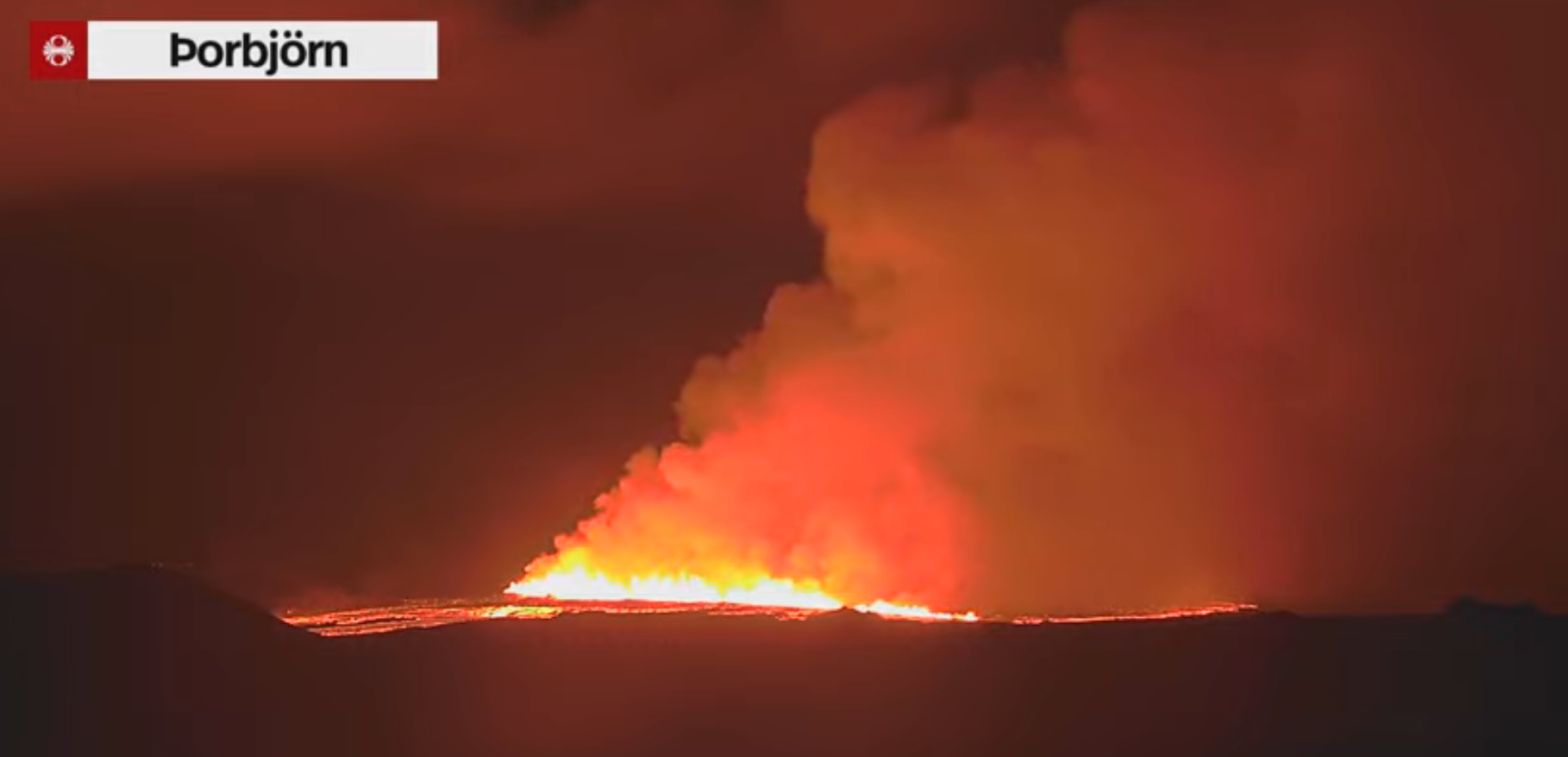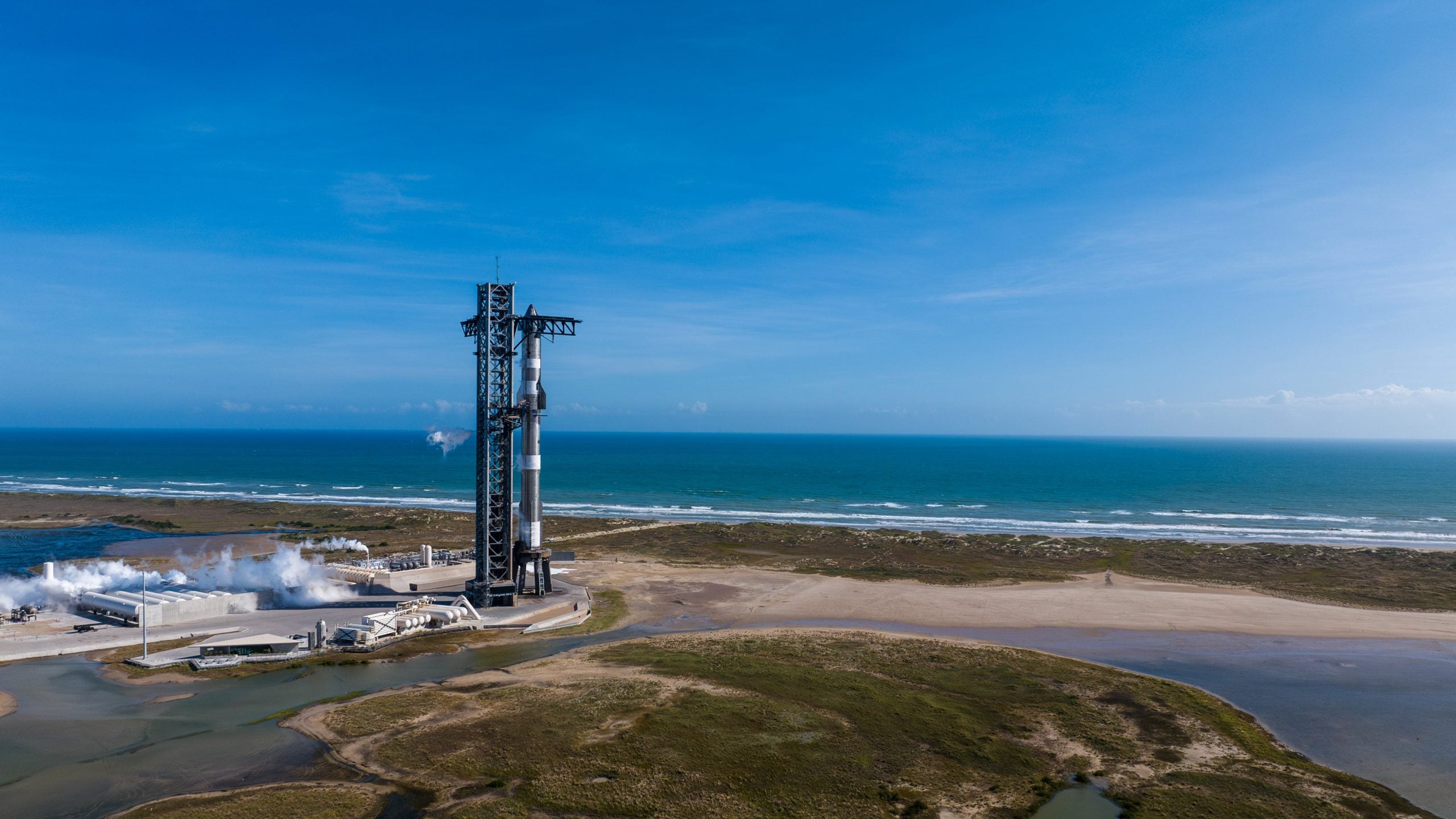HONOLULU, Hawaii – Seismologists believe a recent uptick in earthquake activity off the coast of Hawaii’s Big Island is likely associated with the movement of magma beneath an underwater volcano, but even if an eruption were imminent, it would not lead to major impacts for the archipelago.The United States Geological Survey says it has detected dozens of earthquakes around Kamaʻehuakanaloa, with at least two measuring greater than a magnitude 4.0.The underwater volcano is located about 30 miles southeast of the Big Island – far enough away that the earthquake swarm has rarely been felt.The agency says previous swarms around the volcano have led to thousands of tremors but did not result in eruptions that affected the islands.”Elevated seismicity continues at Kamaʻehuakanaloa, but it is not expected to impact other volcanoes or any infrastructure on the Island of Hawaiʻi. The source of the earthquakes is difficult to determine at this time, but it may be related to the movement of magma beneath Kamaʻehuakanaloa. Prior swarms related to probable eruptions at the volcano have consisted of thousands of earthquakes over days to weeks. Eruptive activity at this volcano would have no impact on residents of the Island of Hawaiʻi,” the Hawaiian Volcano Observatory stated.WATCH: KILAUEA’S VOLCANIC ERUPTION IN HAWAII SHOWS MOTHER NATURE’S RAW POWERThe name “Kamaʻehuakanaloa” was changed in 2021 from “Lōʻihi” by the Hawaii Board on Geographic Names in an effort to preserve the indigenous Hawaiian language and traditions.The name roughly translates into ‘the child of the deep ocean,’ reflecting the mountain’s status off the Hawaiian coast.Kamaʻehuakanaloa is a shield volcano similar to the more notorious Kīlauea and Mauna Loa mountains on the Big Island. The underwater volcano rises about 10,200 feet above the ocean floor but even at its tallest peak, is still several thousand feet below the ocean surface, according to the USGS.The volcano’s last known eruption occurred in 1996, with only around a handful of episodes during the last 150 years.4 CLASSIC TYPES OF VOLCANOESThe Hawaiian Volcano Observatory said it is closely monitoring the situation but has not issued any increased alerts.Kilauea is currently the most volcano on the islands with occasional steam rising from a lava flow field, but the observatory says the mountain is not actively erupting.







